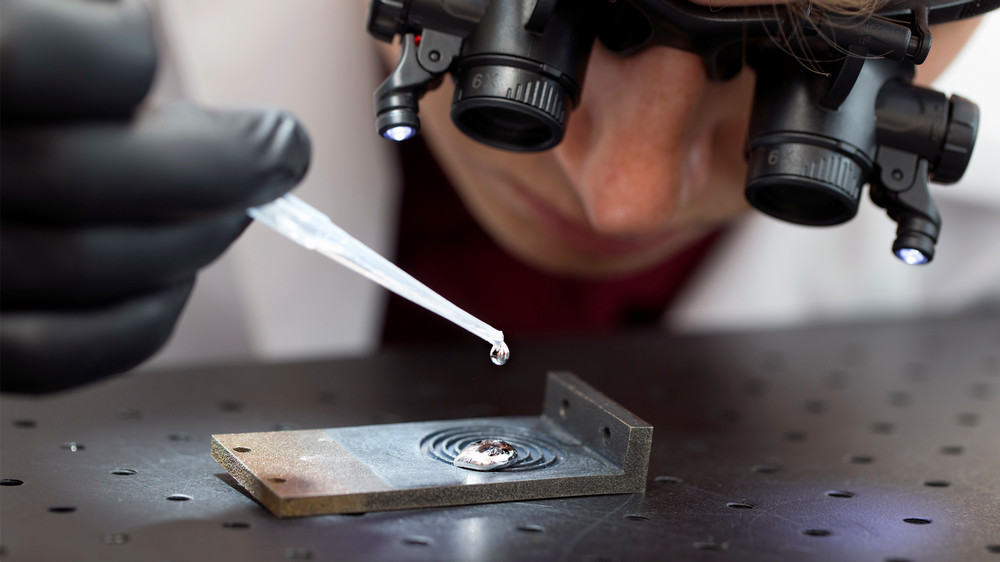
Focus Areas
- Aerostructures design and optimization
- Materials for extreme environments
- Morphing wings
- Multifunctional material systems
- Multiscale and multiphysics modeling of material performance
- Polymer matrix composites
- Soft robotics
- Structural energy storage
Faculty and Research Staff
Jim Boyd
- Associate Professor, Aerospace Engineering
- Office: HRBB 515B
- Phone: 979-220-1211
- Email: jgboyd@tamu.edu
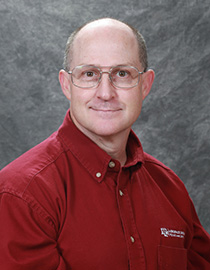
Aitor Cruzado Garcia
- Research Assistant Professor, Aerospace Engineering
- Office: HRBB 520A
- Phone: 979-862-3358
- Email: aitor.cruzado@tamu.edu

Darren Hartl
- Associate Professor, Aerospace Engineering
- Office: HRBB 515C
- Phone: 979-862-7087
- Email: darren.hartl@tamu.edu

Rudy Geelen
- Assistant Professor, Aerospace Engineering
- Office: HRBB 502B
- Phone: 979-458-0500
- Email: rgeelen@tamu.edu

Dimitris Lagoudas
- Interim Department Head, Aerospace Engineering
- Professor, Materials Science & Engineering
- Robert C. “Bud” Hagner Chair of Engineering
- University Distinguished Professor
- Regents Fellow
- Office: HRBB 517, RDMC 300F
- Phone: 979-458-1378
- Email: lagoudas@tamu.edu
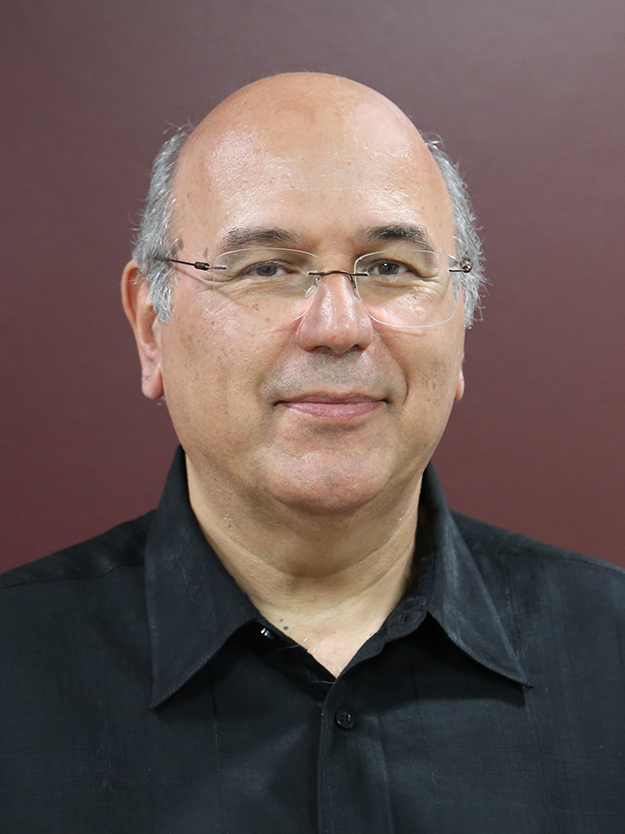
Jean-Briac le Graverend
- Associate Professor, Aerospace Engineering
- Office: HRBB 509B
- Phone: 979-845-1703
- Email: jblegraverend@tamu.edu
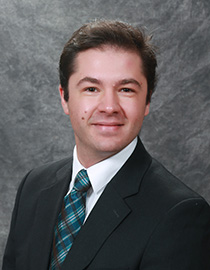
Mohammad Naraghi
- Associate Department Head for Academics, Aerospace Engineering
- Professor, Aerospace Engineering
- Affiliated Faculty, Materials Science & Engineering and Mechanical Engineering
- Office: HRBB 509C
- Phone: 979-862-3323
- Email: Naraghi@tamu.edu
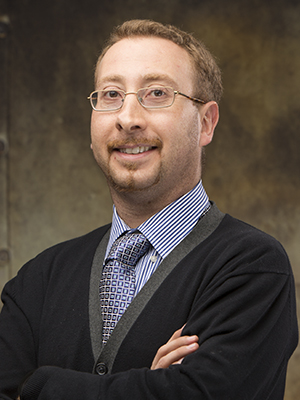
Theofanis Strouboulis
- Professor, Aerospace Engineering
- Office: HRBB 736B
- Phone: 979-845-1676
- Email: strouboulis@tamu.edu
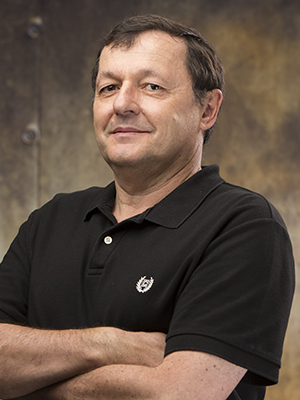
John Whitcomb
- Professor, Aerospace Engineering
- Office: HRBB 724
- Phone: 979-845-4006
- Email: jdw@tamu.edu
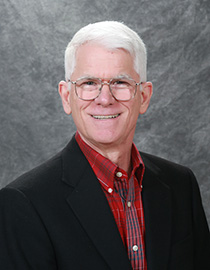
Hejian "Patrick" Zhu
- Assistant Professor, Aerospace Engineering
- Affiliated Faculty, Materials Science & Engineering
- Office: HRBB 502C
- Phone: 979-458-5686
- Email: phz@tamu.edu

Laboratories and Facilities
Immersive Mechanics Visualization Lab
The Immersive Mechanics Visualization Lab (MAESTRO VR Annex) is a lab space fully dedicated to the tasks and goals of the Immersive and Intuitive Data Environments project. It is a 14x17-foot secure room with an HTC Vive VR system and an associated computer with exceptional graphics card capability. A screen share and projection system allows visitors and collaborators to share the virtual reality (VR) experience with the individual directly using the HTC Vive. Legacy dark room lighting (red and amber) allows for a comfortable work environment during in situ investigations. Current research involves the development of robust methods for translating solid models (e.g., SolidWorks files) and finite element models (e.g., Abaqus models) into the VR environment and for interacting with such models in an intuitive manner.
Faculty supervisor: Darren Hartl
Website: maestrolab.tamu.edu
Intelligent Multifunctional Materials and Structures
The Center for Intelligent Multifunctional Materials and Structures (CiMMS) consists of some of the top researchers in Texas and the world–including a Nobel Laureate and several members of the National Academies–in biotechnology, nanotechnology, biomaterials and aerospace engineering to develop the next generation of bio-nano materials and structures for aerospace vehicles. CiMMS is a collaborative effort of professors and researchers from six universities: Prairie View A&M University, Rice University, Texas A&M University, Texas Southern University, University of Houston, and The University of Texas at Arlington.
Faculty supervisor: Amine Benzerga
Materials and Testing Lab
The Materials and Testing Lab is primarily used for processing and evaluating high-temperature metal matrix composite (MMC) materials, but the lab can be used to evaluate and process a wide range of materials. Three hydraulically-based materials test systems (MTS) load frames are available for uniaxial mechanical testing. Each load frame can be equipped with one of five furnaces used in high-temperature material evaluation. A hot isostatic press (HIP) and various furnaces are available to process metal matrix composites. This lab also includes various temperature-measuring devices.
Faculty supervisor: Amine Benzerga
Multifunctional Materials and Aerospace Structures Optimization (M²AESTRO) Lab
The M2AESTRO Lab focuses on the development of novel aerospace material and structural concepts that provide multiphysical and multifunctional responses. Material systems of interest include shape memory alloys, liquid metals, high-conductivity composite laminates, and others. Laboratory capabilities include a customizable 3x4 foot wind tunnel test section for acquisition of fully three-dimensional surface deformation, strain and thermal fields as measured on adaptive aerospace structures in a flow environment. Integrated augmented reality (AR) and virtual reality (VR) environments allow experiential immersion into the complex data sets generated during such experiments and allow straightforward and intuitive comparison between computational mechanics results and laboratory test data.
Faculty supervisor: Darren Hartl
Website: maestrolab.tamu.edu
Nanostructured Materials Lab
The Nanostructured Materials Lab takes challenges from aerospace engineering and applies material science principles to address them. Our curiosity to understand the processing-microstructure relationships in promising nano-structured materials drives us toward developing lightweight materials, whether it is for structural light-weighting, enhanced energy storage or smart textiles.
Faculty supervisor: Mohammad Naraghi
Website: nanostructured-materials.tamu.edu